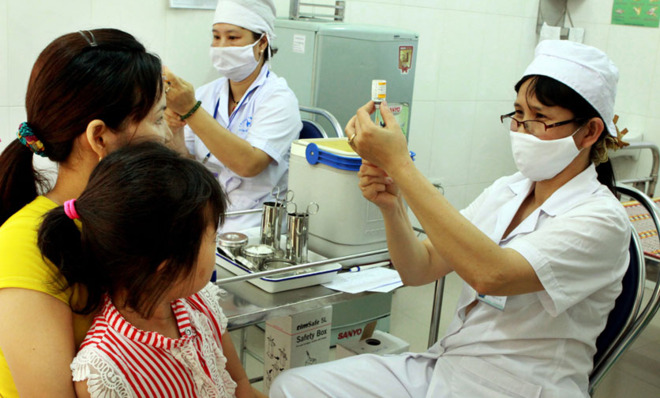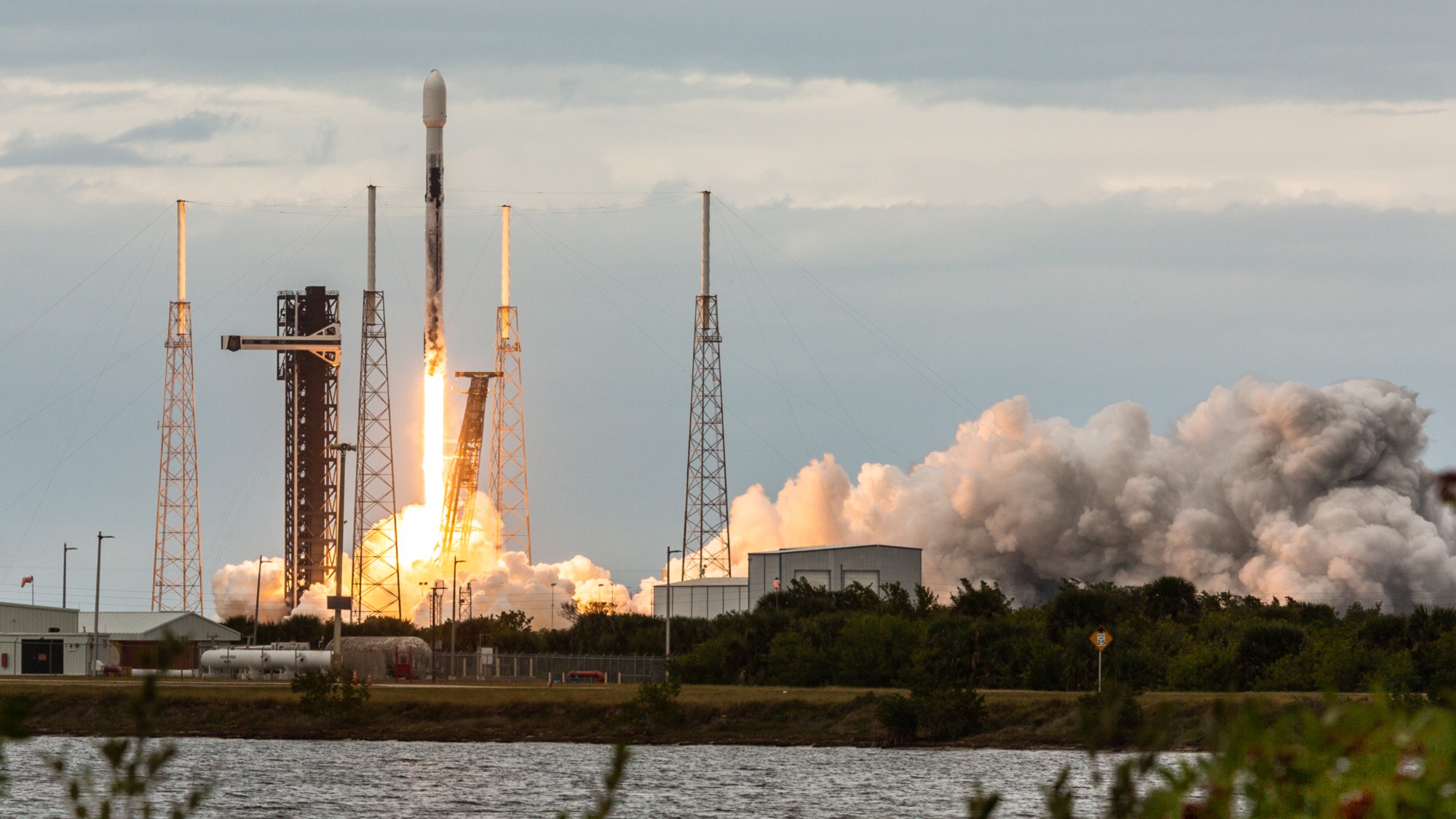Why you should worry less about Ebola and more about measles
In 2012, 330 people died of measles — every day


The Ebola outbreak has killed nearly 5,000 people in West Africa, but only a handful of cases have been reported in the United States. Still, the virus has sparked widespread fear in the U.S. Views that Ebola is an exotic disease spreading out of control within Africa, with horrific symptoms, inevitable death, and limited means to prevent transmission are contributing to this fear. However, these fears are fueled by a misunderstanding of risk.
The outbreak is a tragic, public health emergency in urgent need of a massive and coordinated global health response. Fear of contagion is justified in communities where incidence is increasing and where protective measures are limited and health care is stretched beyond capacity.
However, this is not the case in the United States. The perceived risk to Americans is exaggerated. The risk of contracting Ebola in the U.S. or the virus reaching epidemic proportions is very, very low.
The Week
Escape your echo chamber. Get the facts behind the news, plus analysis from multiple perspectives.

Sign up for The Week's Free Newsletters
From our morning news briefing to a weekly Good News Newsletter, get the best of The Week delivered directly to your inbox.
From our morning news briefing to a weekly Good News Newsletter, get the best of The Week delivered directly to your inbox.
The fact is, in the United States the risk of infection with measles virus or death from influenza virus is far greater.
Measles is more infectious than Ebola
Although the outbreak in West Africa is increasing exponentially, Ebola is not as contagious as many other infectious diseases. Transmission requires direct contact with infected body fluids. Measles, influenza, and pertussis (whooping cough), on the other hand, are spread by respiratory secretions. They are much more explosive because transmission does not require direct contact with an infected person.
The speed with which an outbreak grows depends on how many additional people are infected by each infectious case and the time interval between infections. To put the Ebola numbers in context, one person with Ebola will on average infect only 1.5 to 2.2 additional people. The relatively low number of people infected by a single case should make it easier to interrupt transmission. Further facilitating control is the fact that a person with Ebola is most infectious after the onset of signs and symptoms.
A free daily email with the biggest news stories of the day – and the best features from TheWeek.com
By contrast, a person with measles is infectious for several days before they become sick. And a person with measles will on average infect 12 to 18 additional people. This year 594 measles cases have been reported in the United States through September 29, the most in two decades. These cases represent 18 measles outbreaks in 22 states.
An estimated 122,000 people — mostly children — worldwide died of measles in 2012, about 330 measles deaths every day. In the U.S. the increasing number of measles cases is mostly due to people visiting countries with measles outbreaks and carrying the virus back home and into communities in which large numbers of people are not vaccinated.
Measles is also becoming a public health problem in countries affected by Ebola. Immunization services have ceased in many affected areas as health care workers are redeployed to fight Ebola and the public loses confidence in the health care system. Cases of measles have been reported in Liberia and may spread to neighboring countries and beyond.
Vaccines and risk perception
As panic over Ebola grows, it's worth asking why Americans are becoming more complacent to the threat of vaccine-preventable diseases.
Some Americans distrust vaccines and misunderstand the risks and benefits. Most Americans with measles this year were unvaccinated and declined vaccination because of religious, philosophical, or personal objections. The largest measles outbreak this year spread within communities in Ohio with low vaccination coverage, with smaller outbreaks in California and New York City.
As with Ebola, early diagnosis, isolation and notification are critical to preventing further spread. Unlike Ebola, we have a highly effective and safe vaccine that can prevent measles. The unvaccinated individuals who developed measles in the United States misjudged the risk to themselves and their communities.
Measles isn't the only risk. As many as 50,000 people die in the U.S. of influenza virus infection in a single season. Influenza vaccine coverage in the United States during the 2013-2014 season was only 59 percent among children and 42 percent among adults, putting those most likely to develop severe disease — young infants and the elderly — at risk.
Again, unvaccinated individuals misjudge the risk and consequences of influenza. The Centers for Disease Control and Prevention tracks deaths due to influenza in children. During the 2012-2013 influenza season, 171 children died of influenza in the United States and 109 children died during 2013—2014 season. Although the influenza season has just started, one child death has already been reported in other words the same number of deaths currently due to Ebola in the United States.
Some may fear of exposing themselves or their children to risk from vaccines, even though these fears have been disproved time and again. They may do so without calculating the real risk of actually contracting the infection that these vaccines prevent. The risk might be masked thanks to herd immunity, but outbreaks of measles and whooping cough show the risk is growing. From January 1 to August 16, 17,325 cases of whooping cough were reported in the United States, a 30 percent increase over the same period in 2013. In California alone, which is experiencing a particularly large outbreak, 312 people have been hospitalized, most of whom were young infants.
Ebola vaccines are currently in development and testing. Most experts agree an Ebola vaccine would be a welcome tool, even if supplies limit use to health care workers. But this begs another question — how many Americans would be willing to receive an Ebola vaccine?
William Moss receives funding from the National Institutes of Health and the Bill & Melinda Gates Foundation. He is affiliated with the World Health Organization as a member of the Strategic Advisory Group of Experts Working Group on Measles and Rubella.
More from The Conversation US...
-
 Ski town strikers fight rising cost of living
Ski town strikers fight rising cost of livingThe Explainer Telluride is the latest ski resort experiencing an instructor strike
-
 ‘Space is one of the few areas of bipartisan agreement in Washington’
‘Space is one of the few areas of bipartisan agreement in Washington’Instant Opinion Opinion, comment and editorials of the day
-
 How robust is the rule of law in the US?
How robust is the rule of law in the US?In the Spotlight John Roberts says the Constitution is ‘unshaken,’ but tensions loom at the Supreme Court